Developing Properties with Environmental and Ecosystem Considerations
In the face of pressing global environmental challenges, property development has evolved to embrace sustainability and ecosystem preservation. Developers are now prioritizing practices that minimize ecological impact while creating harmonious living environments. Incorporating green building techniques, preserving natural habitats, and fostering a sense of environmental responsibility are no longer optional but integral to modern property development. This blog explores the importance of eco-conscious development, highlighting methods to create properties that coexist with the environment while offering tangible benefits to residents and communities.
The Importance of Sustainable Development
Environmental sustainability is a vital aspect of modern construction. Developing properties with environmental considerations reduces carbon footprints, preserves biodiversity, and mitigates the effects of climate change. This approach benefits not only the planet but also developers and occupants by lowering operational costs, enhancing property appeal, and promoting healthier living conditions.
For residents, eco-friendly properties often feature improved air quality, access to green spaces, and energy-efficient systems that contribute to physical and mental well-being. For developers, adopting sustainable practices can attract eco-conscious buyers and tenants, enhance brand reputation, and ensure compliance with increasingly stringent environmental regulations.
Key Practices for Eco-Conscious Development
Sustainable property development involves a combination of innovative techniques and thoughtful planning. One fundamental aspect is the use of energy-efficient systems. Features such as solar panels, LED lighting, and advanced HVAC systems reduce energy consumption and lower utility costs. Passive design principles—including natural ventilation, strategic shading, and building orientation—further minimize energy demands.
Water conservation is another critical component. Rainwater harvesting systems, low-flow fixtures, and efficient irrigation methods ensure responsible water usage. Developers can also integrate greywater recycling systems to reuse water for non-potable purposes, such as landscaping and toilet flushing.
Preserving existing ecosystems during construction is essential. This includes safeguarding native vegetation, creating wildlife corridors, and using landscaping practices that incorporate local flora. Green roofs and vertical gardens not only provide aesthetic value but also enhance biodiversity and reduce urban heat island effects.
Materials play a significant role in sustainable development. Developers should prioritize the use of renewable, recycled, and locally sourced materials. Sustainable building certifications, such as LEED (Leadership in Energy and Environmental Design) or BREEAM (Building Research Establishment Environmental Assessment Method), provide frameworks to ensure construction meets high environmental standards.
Balancing Development and Ecosystem Preservation
Striking a balance between development and ecosystem preservation requires careful planning and collaboration with environmental experts. Environmental impact assessments (EIAs) are crucial for identifying potential risks and devising mitigation strategies. These assessments guide developers in designing projects that integrate seamlessly with the surrounding natural environment.
Urban developments can incorporate green corridors, parks, and natural water features to maintain ecological balance. For properties in rural or semi-urban areas, preserving wetlands, forests, and other sensitive ecosystems is paramount. Developers can collaborate with conservation organizations to enhance biodiversity and implement sustainable land-use practices.
The Economic and Social Benefits of Eco-Friendly Properties
While sustainable development may involve higher initial costs, the long-term economic benefits often outweigh these expenses. Energy-efficient buildings have lower operating costs due to reduced energy and water usage. Green certifications and eco-friendly features also command higher property values and attract a growing market of environmentally conscious buyers.
Socially, properties designed with environmental considerations foster stronger communities. Shared green spaces and community gardens encourage interaction and promote a sense of belonging. Educational initiatives within these developments can raise awareness about sustainability, inspiring residents to adopt eco-friendly lifestyles.
Overcoming Challenges in Eco-Conscious Development
Despite its benefits, sustainable development faces challenges such as higher upfront costs, limited availability of eco-friendly materials, and potential resistance from stakeholders. Developers can address these issues by leveraging government incentives, tax benefits, and grants for green building projects. Partnering with innovative suppliers and contractors ensures access to sustainable materials and technologies.
Engaging communities early in the development process is also crucial. Transparent communication about the environmental and social benefits of eco-friendly projects helps garner support and ensures alignment with local priorities.
Conclusion
Developing properties with environmental and ecosystem considerations is a forward-thinking approach that benefits all stakeholders. By adopting sustainable practices, preserving natural habitats, and integrating green technologies, developers can create properties that align with modern values and address global environmental challenges. These developments not only enhance the living experience for residents but also contribute to a healthier planet, setting a new standard for excellence in the property development industry.
4 Comments
-
Mary Fox
Detracto sadipscing no pro, cu minim oblique eam, pro nobis repudiare ne. Mei malis consul dicta.
-
-


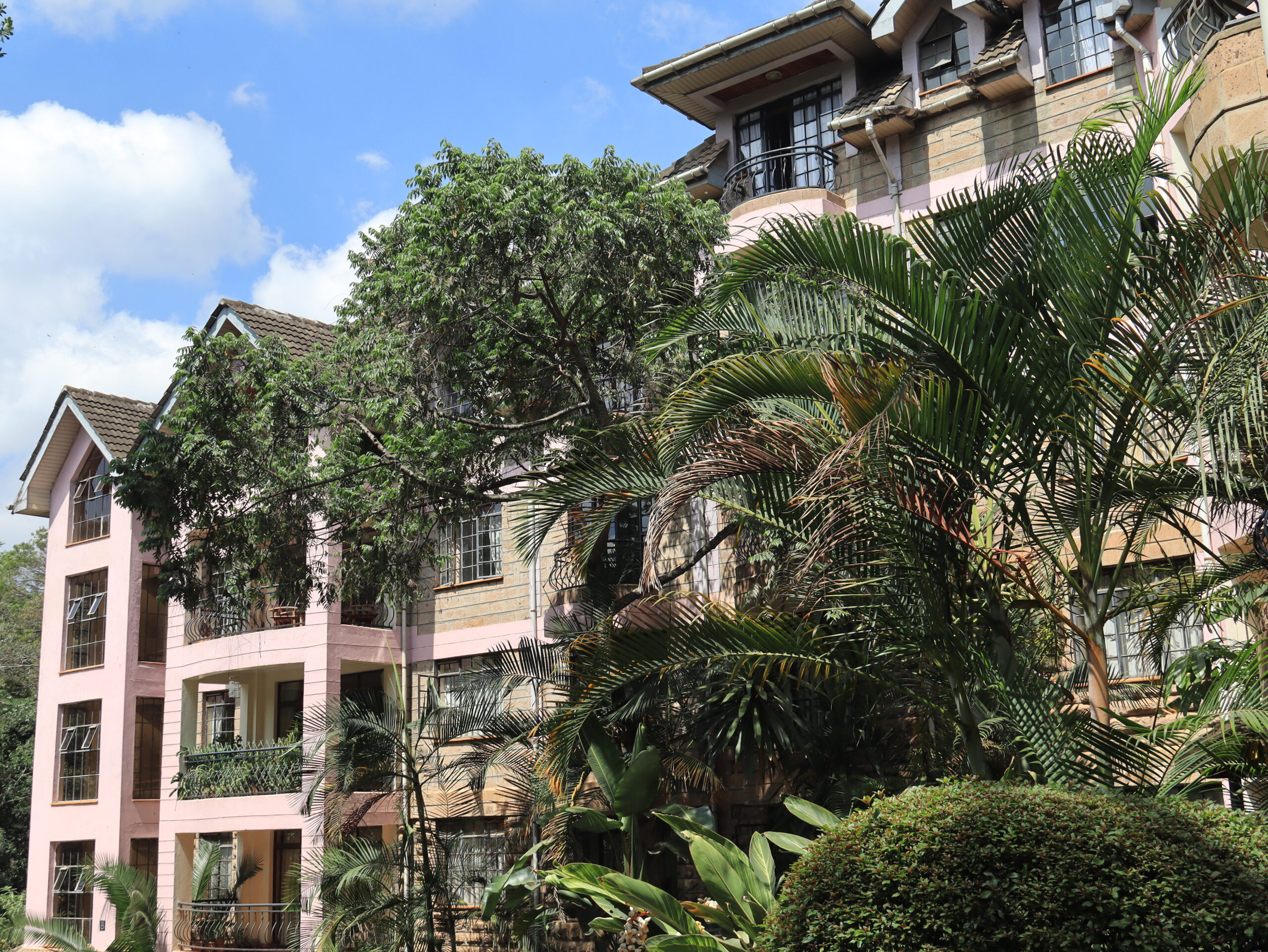


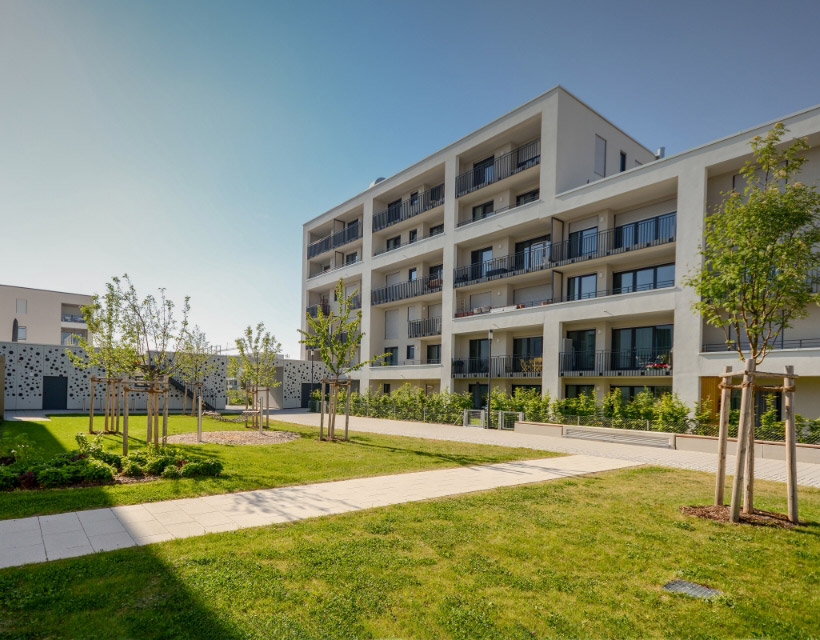
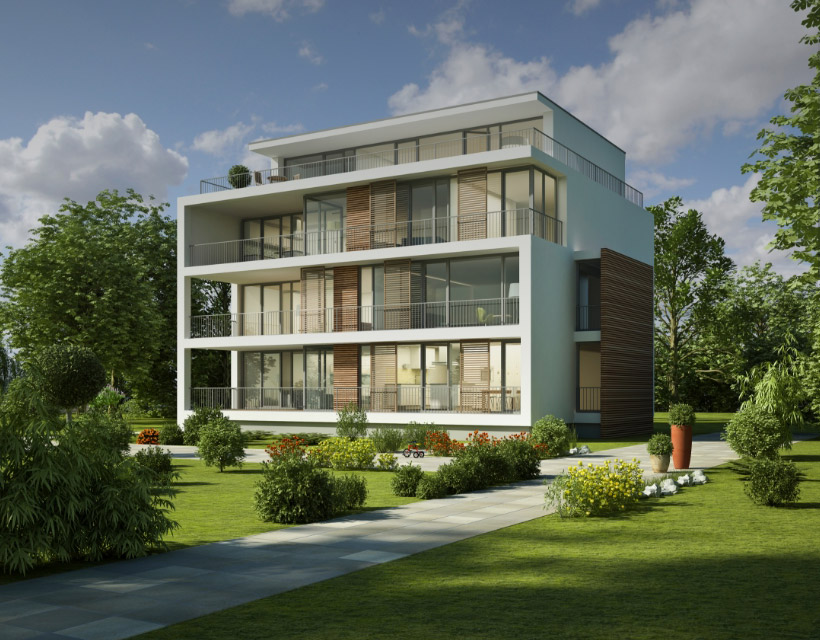


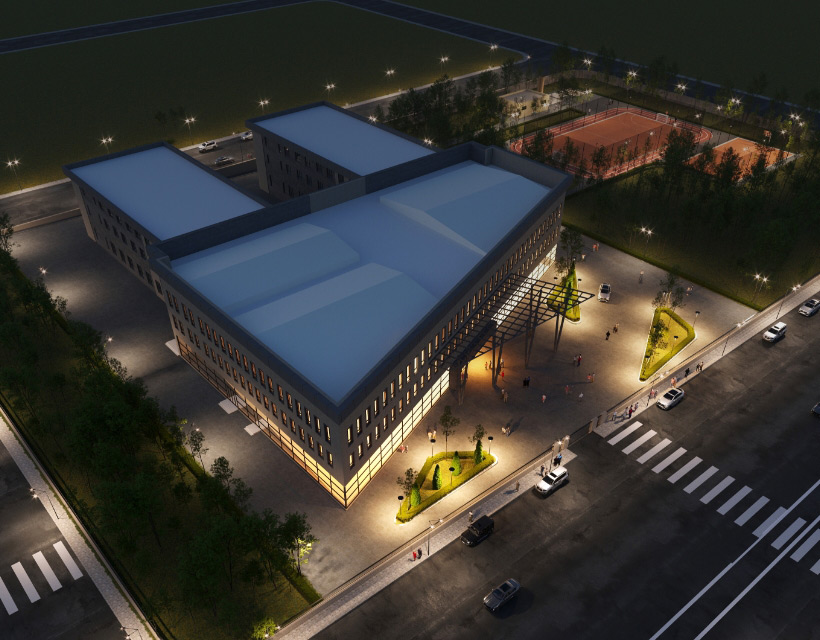
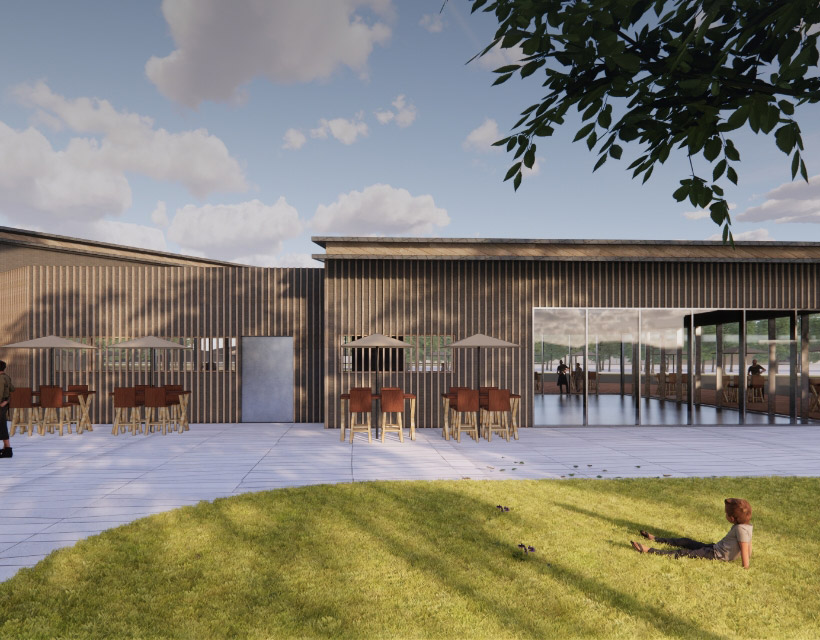

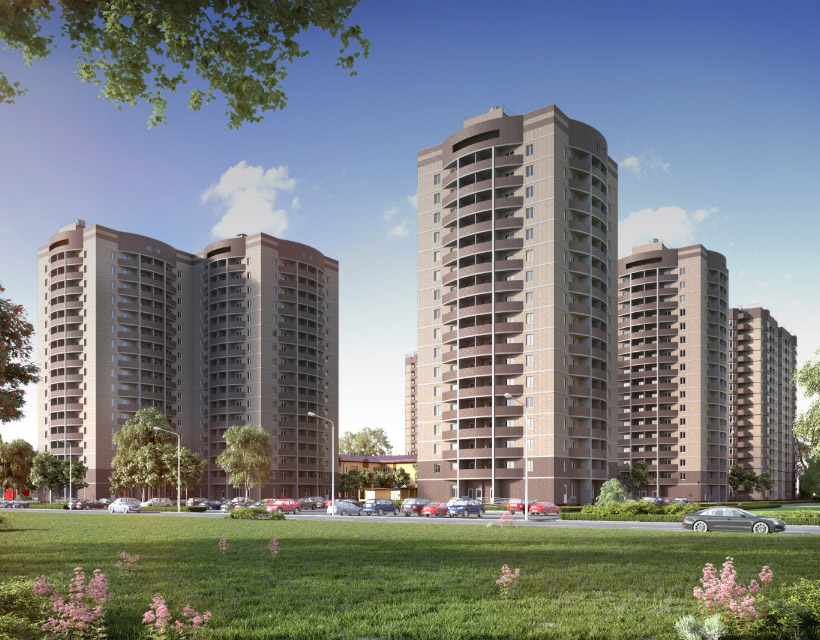

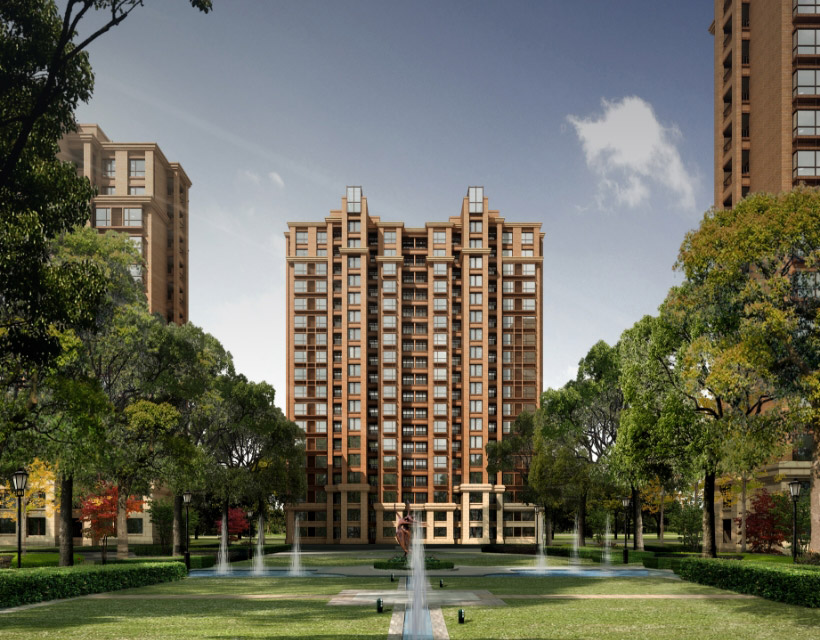
Kevin Wels
Alia accommodare duo eu, sit ei adipisci urbanitas.